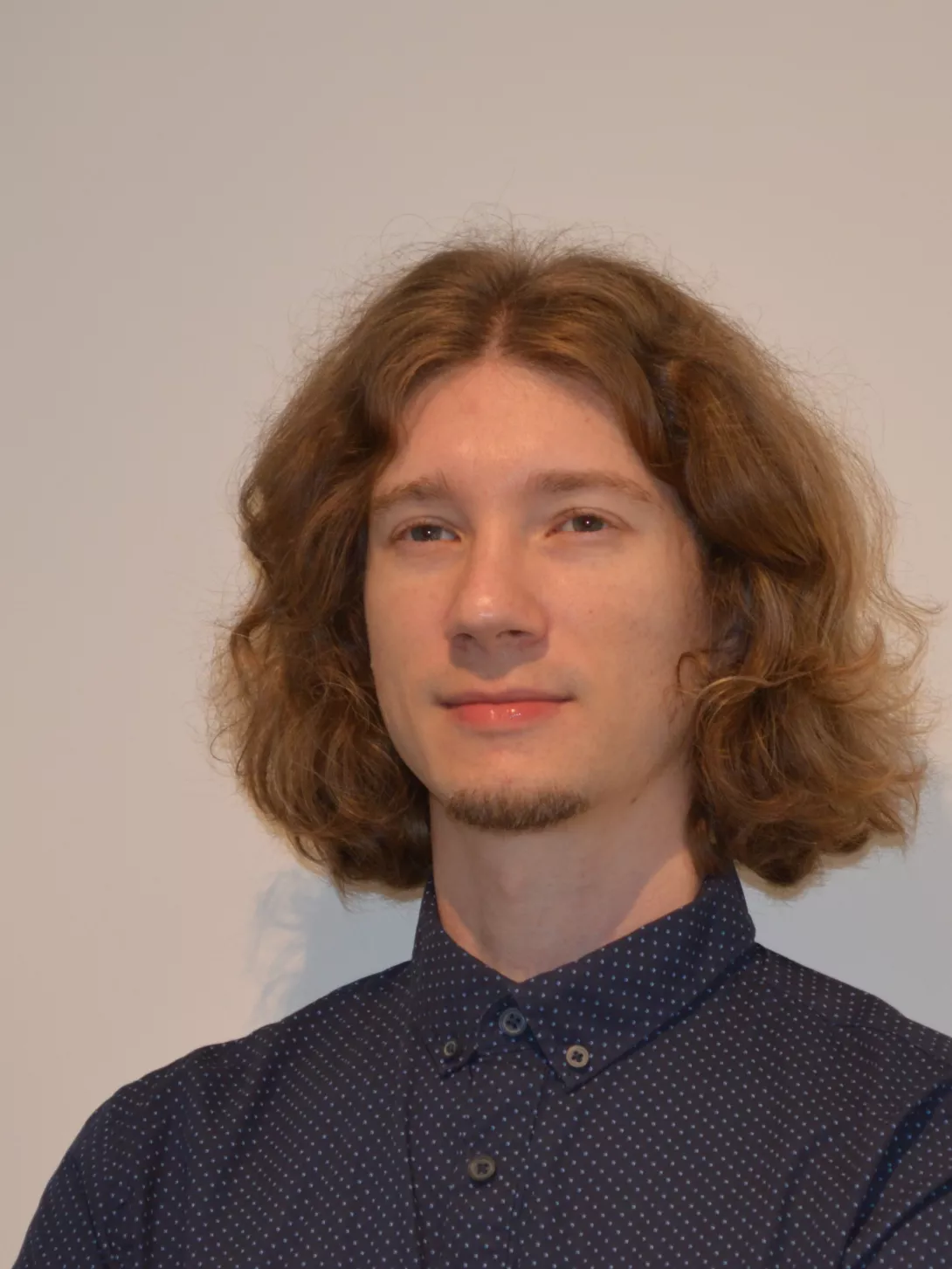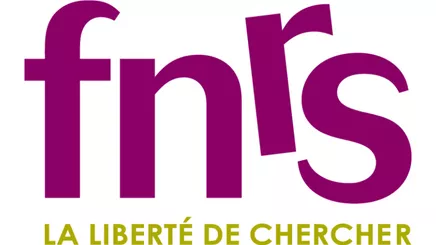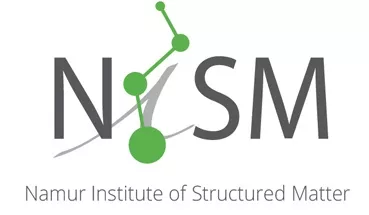Knowing the energy of light absorbed by a molecule enables us to understand its structure, its quantum states, its interaction with other molecules and its potential technological applications. Molecules with a high probability of simultaneously absorbing two low-energy photons of light have a wide range of applications: as molecular probes in high-resolution microscopy, as substrates for data storage in dense three-dimensional structures or as vectors in medicinal treatments.
However, studying the phenomenon by direct experimental means presents difficulties. This is why computer simulations are being carried out to complement the spectroscopic characterisation. Additionally, simulations offer a microscopic view that is difficult to access in experiments. The problem is that simulations involving relatively large molecules require several days of processing on supercomputers or months of processing on conventional computers.
To overcome this difficulty, an alternative calculation method has been proposed by physicist Tárcius Nascimento Ramos and his colleagues and published in The Journal of Chemical Physics.
"We evaluated the performance of a method widely used in past decades but neglected nowadays owing to its approximative nature", says the researcher.
To assess the applicability of the method, we need to consider that the molecule under study, derived from stilbene, contains more than 200 carbon, oxygen and hydrogen atoms. Besides the number of components, that would make conventional simulations extremely laborious and costly, these large molecules present an additional complication. They are flexible and changes in their conformation (such as torsion) alter their electronic properties.
Ramos received his PhD from the Institute of Physics of the University of São Paulo (IF-USP) in 2020 and is currently an F.R.S.-FNRS postdoctoral researcher at the University of Namur.
Applications in microscopy, medicine and data storage
"In the case of microscopy, the imaging has a much greater resolution, which makes it possible to characterise deep tissues with less damage to the surrounding structures. In the case of data storage, the high resolution means that three-dimensional structures can be created with great precision and detail, making it possible to encode points inside materials with a high density of data per volume", explains the researcher.
In addition to the doctoral grant awarded to the researcher, the study was supported by the FAPESP (Brazil's equivalent of the FNRS) as part of two other projects. It was also the subject of a press release, of which this article is an extract.


The Namur Institute of Structured Matter (NISM)
The NISM research interests cover various topics in the field of organic and physical chemistry, materials chemistry, surface science, solid-state chemistry and physics from both a theoretical and experimental point of view. NISM enables the exchange of ideas and competences in the field of synthesis and functionalization of molecular systems and novel materials (0 to 3D), the rational design of solids with specific architecture and surface properties as well as the development of advanced techniques for the study of their physicochemical properties.
